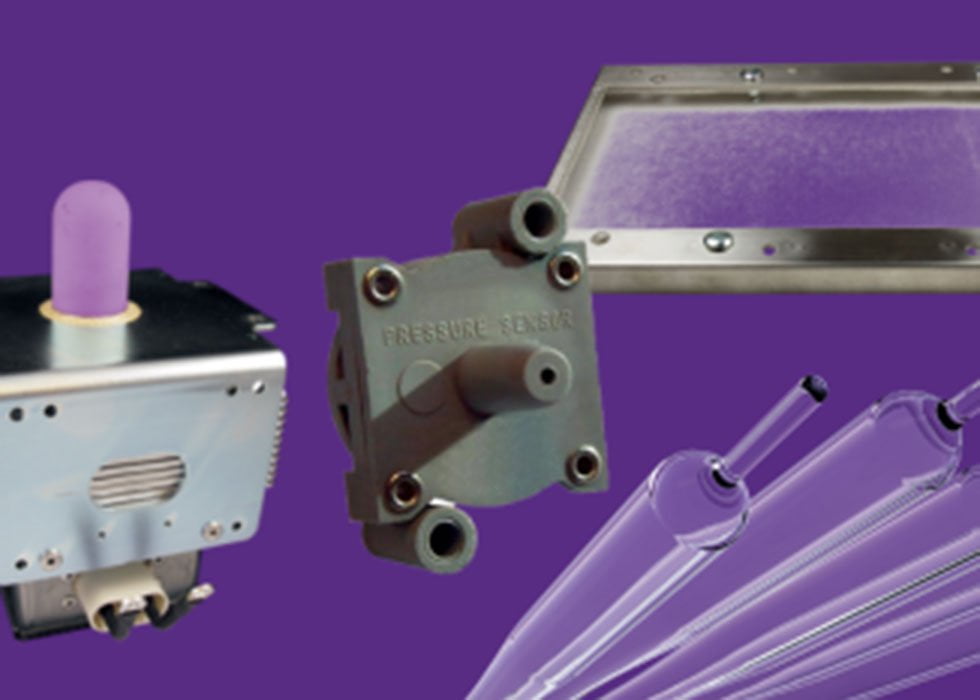A guide to carbon-neutral practices and technologies
As the world continues to grapple with the effects of climate change, businesses are increasingly being called upon to do their part in reducing their carbon footprint and promoting sustainability. By adopting environmentally-friendly practices and technologies, companies can not only help mitigate the negative impacts of climate change, but also reap numerous economic benefits.
Here are 10 ways manufacturers can use to help become a more carbon neutral, sustainable business.
- Use Energy-efficient Lighting: Switch to LED or other energy-efficient lighting to reduce energy usage and lower your carbon footprint, as energy-efficient lighting can save up to 75% on lighting energy costs.
- Monitor and Reduce Energy Use: Implement an energy management system to monitor and reduce energy use in your manufacturing facility, as this can help identify areas where energy usage can be optimized and reduced.
- Optimize Heating and Cooling Systems: Use energy-efficient HVAC systems and optimize their settings to reduce energy usage, as proper optimization of HVAC systems can lead to significant energy savings.
- Use Renewable Energy Sources: Consider using renewable energy sources like solar or wind power to power your manufacturing operations, as this can significantly reduce greenhouse gas emissions and promote sustainability.
- Reduce Water Consumption: Implement water-efficient practices in your manufacturing process to reduce water consumption and lower your carbon footprint, as water-efficient practices can help reduce costs and improve production efficiency.
- Reduce Waste: Implement waste reduction strategies to minimize the amount of waste generated in your manufacturing process, as this can help reduce costs and promote sustainability.
- Use Recyclable Materials: Use recyclable materials in your manufacturing process to reduce waste and promote sustainability, as recyclable materials can help reduce the environmental impact of your manufacturing operations.
- Promote Sustainable Transportation: Encourage sustainable transportation options like carpooling or biking to reduce emissions from employee commuting, as this can help reduce greenhouse gas emissions and promote sustainability.
- Implement Sustainable Packaging: Use sustainable packaging materials and designs to reduce waste and promote sustainability, as sustainable packaging can reduce costs and improve brand reputation.
- Use UV Curing Instead of Thermal Dryers: Traditional thermal drying methods require the use of ovens or other heat sources to cure materials, which consumes a significant amount of energy. UV curing is more energy-efficient and produces is faster, more energy-efficient and emits no volatile organic compounds (VOCs).
Companies have a responsibility to be environmentally friendly and promote sustainability. By implementing these strategies, manufacturers can significantly reduce their carbon footprint and contribute to a more sustainable future.





 简体中文
简体中文 Nederlands
Nederlands English
English Français
Français Deutsch
Deutsch हिन्दी
हिन्दी Italiano
Italiano 日本語
日本語 한국어
한국어 Português
Português Русский
Русский Español
Español ไทย
ไทย